Bacteria causing bloating and gas. Small Intestinal Bacterial Overgrowth (SIBO): Symptoms, Causes, and Treatment Options
What are the common symptoms of SIBO. How is SIBO diagnosed. What treatments are available for managing SIBO. Which dietary changes can help alleviate SIBO symptoms. What are the risk factors for developing SIBO. How does SIBO relate to other digestive disorders. What complications can arise from untreated SIBO.
Understanding Small Intestinal Bacterial Overgrowth (SIBO)
Small intestinal bacterial overgrowth (SIBO) is a condition characterized by an abnormal increase in the bacterial population within the small intestine. While bacteria are crucial for digestive health, an overgrowth in the small intestine can lead to various gastrointestinal symptoms and complications. SIBO occurs when the delicate balance of the gut microbiome is disrupted, allowing bacteria to proliferate in areas where they shouldn’t be present in large numbers.
The small intestine typically contains fewer bacteria compared to the large intestine due to the natural protective mechanisms of the digestive system. These include gastric secretions and the forward movement of food, which help prevent excessive bacterial growth. However, when these functions are compromised, bacteria can multiply unchecked, leading to SIBO.

Common Symptoms of SIBO
SIBO can manifest with a range of symptoms that vary in severity and presentation from person to person. The most frequent symptoms include:
- Bloating
- Diarrhea
- Constipation
- Unexplained vitamin deficiencies, particularly vitamin B12
- Abdominal discomfort or pain
- Excessive gas
- Nausea
- Fatigue
Is there a connection between the type of bacteria overgrowth and specific symptoms? Research suggests that hydrogen-producing bacteria are more commonly associated with diarrhea, while methane-producing species tend to be linked with constipation. This distinction can be crucial for tailoring treatment approaches.
Causes and Risk Factors of SIBO
The exact causes of SIBO are not always clear, but several factors have been identified that may contribute to its development:
Low Motility
Intestinal motility plays a crucial role in preventing bacterial overgrowth. When motility is reduced, food and bacteria move more slowly through the digestive tract, allowing bacteria to accumulate in the small intestine. This can lead to fermentation of food in areas where it shouldn’t occur, resulting in SIBO symptoms.

Dysbiosis
Dysbiosis refers to an imbalance in the gut microbiome. This can involve an overabundance of harmful bacteria or a lack of beneficial species. Research has shown that individuals with irritable bowel syndrome (IBS) often have less diversity in their gut microbiome and higher levels of methane-producing bacteria, which can slow down motility and contribute to SIBO.
Hypochlorhydria
Low levels of stomach acid, known as hypochlorhydria, may allow bacteria to migrate further up the digestive tract than usual. This condition is more common in people taking proton pump inhibitors (PPIs), those with autoimmune gastritis, or individuals who have undergone a gastrectomy. However, the link between hypochlorhydria and SIBO is not fully established, and low motility may be a more significant risk factor.
Structural Differences in the Digestive Tract
Certain anatomical variations or alterations in the digestive system can increase the risk of SIBO. These include:
- Small bowel diverticulosis
- Fistulas
- Shortened colon
A 2018 study found that individuals who have undergone a colectomy (surgical removal of part or all of the colon) have a higher risk of developing SIBO.

Alcohol Abuse
Excessive alcohol consumption can have detrimental effects on the gut microbiome. It can lead to dysbiosis, damage the intestinal walls, and cause inflammation, all of which can contribute to the development of SIBO.
Medical Conditions Associated with Increased SIBO Risk
Several underlying health conditions are associated with a higher likelihood of developing SIBO:
- Hypothyroidism
- Diabetes
- Parkinson’s disease
- Short bowel syndrome
- Amyloidosis
- Systemic sclerosis
- Chronic kidney failure
Additionally, SIBO is more prevalent in older adults, possibly due to slower digestive motility associated with aging. There’s also a higher prevalence among females, though the reasons for this gender disparity are not yet fully understood.
Do obesity and SIBO have a connection? A small 2017 study found that individuals with obesity were 11 times more likely to have SIBO compared to those without obesity. Interestingly, this increased risk was present even in participants with healthy digestive motility and pH levels. Further research is needed to elucidate the nature of this relationship.

Diagnosing SIBO: Methods and Challenges
Diagnosing SIBO involves a combination of clinical assessment and specific tests. The process typically begins with a thorough evaluation of the patient’s symptoms and medical history. Physical examination may reveal signs of excess gas or bloating. If SIBO is suspected, further testing is recommended to confirm the diagnosis.
Breath Testing
One of the primary diagnostic tools for SIBO is the lactulose breath test. This non-invasive test measures the concentration of hydrogen and methane in a person’s breath. The results can not only confirm a SIBO diagnosis but also provide information about the extent of the overgrowth and whether it primarily consists of hydrogen- or methane-producing microbes.
How is the lactulose breath test performed? The test requires the patient to fast for 24 hours before the procedure. They are then given a sugary solution to drink, and their breath is analyzed at regular intervals over several hours. The presence of elevated hydrogen or methane levels in the breath can indicate bacterial overgrowth in the small intestine.
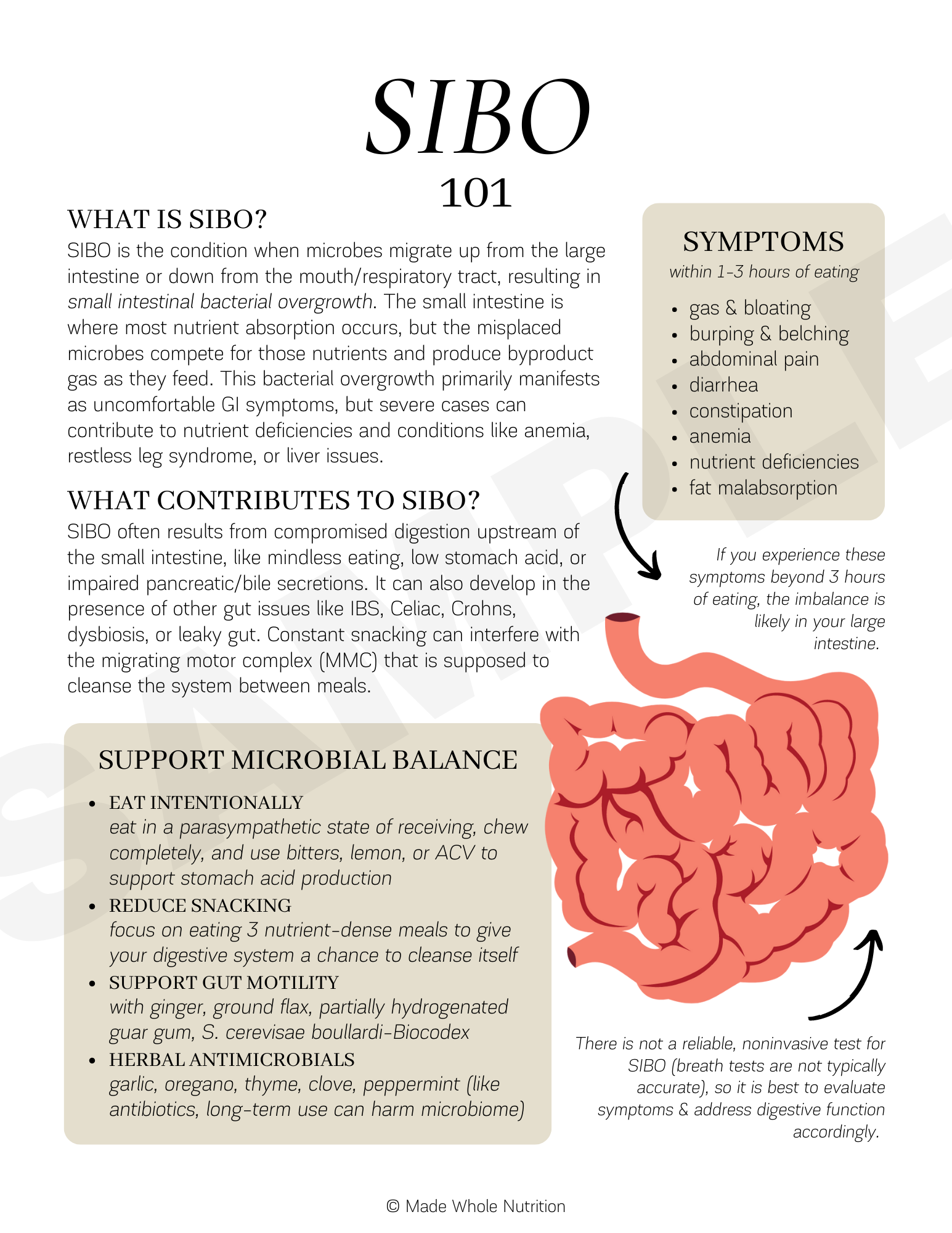
Other Diagnostic Methods
While breath testing is the most common diagnostic approach for SIBO, other methods may be used in certain cases:
- Small intestine aspiration and culture: This more invasive procedure involves collecting a sample of fluid from the small intestine and culturing it to identify bacterial overgrowth.
- Urine tests: Certain urine tests can detect byproducts of bacterial metabolism, which may indicate SIBO.
- Stool tests: While not specific for SIBO, stool analysis can provide information about the overall gut microbiome and help rule out other conditions.
Treatment Options for SIBO
Managing SIBO typically involves a multi-faceted approach aimed at reducing bacterial overgrowth, addressing underlying causes, and alleviating symptoms. The treatment strategy may include:
Antibiotics
Antibiotic therapy is often the first-line treatment for SIBO. Commonly prescribed antibiotics include:
- Rifaximin
- Metronidazole
- Neomycin
These antibiotics are chosen for their ability to target the specific types of bacteria typically involved in SIBO while minimizing the impact on the beneficial gut flora.

Dietary Modifications
Dietary changes play a crucial role in managing SIBO symptoms and preventing recurrence. Several dietary approaches have shown promise:
- Low FODMAP diet: This diet restricts fermentable carbohydrates that can feed bacterial overgrowth.
- Specific Carbohydrate Diet (SCD): This diet eliminates complex carbohydrates and focuses on easily digestible foods.
- Elemental diet: A liquid diet that provides pre-digested nutrients, giving the small intestine a chance to rest and heal.
Which dietary approach is most effective for SIBO? The choice of diet often depends on the individual’s specific symptoms, overall health, and the severity of their SIBO. Working with a registered dietitian can help tailor the dietary approach to the patient’s needs.
Prokinetics
Prokinetic agents can help improve intestinal motility, reducing the likelihood of bacterial overgrowth. These medications may be particularly beneficial for individuals with SIBO related to motility disorders.

Probiotics and Prebiotics
The role of probiotics and prebiotics in SIBO treatment is somewhat controversial. While some studies suggest they may help restore balance to the gut microbiome, others caution that they could potentially exacerbate symptoms in certain individuals. The use of these supplements should be carefully considered and monitored by a healthcare provider.
Addressing Underlying Conditions
For individuals with SIBO secondary to another medical condition, treating the underlying issue is crucial for long-term management. This may involve medications, lifestyle changes, or in some cases, surgical interventions.
Complications and Long-term Outlook of SIBO
If left untreated, SIBO can lead to several complications:
- Malnutrition: Bacterial overgrowth can interfere with nutrient absorption, leading to deficiencies in vitamins and minerals.
- Osteoporosis: Reduced absorption of calcium and vitamin D can increase the risk of bone density loss.
- Kidney stones: Malabsorption of fats can lead to increased oxalate absorption, raising the risk of kidney stones.
- Neuropathy: Vitamin B12 deficiency, common in SIBO, can cause nerve damage if left untreated.
What is the long-term prognosis for individuals with SIBO? With proper treatment and management, many people with SIBO experience significant improvement in their symptoms. However, recurrence is common, and some individuals may require ongoing management or periodic treatment courses.

Future Directions in SIBO Research and Treatment
As our understanding of the gut microbiome and its role in health and disease continues to evolve, so too does our approach to diagnosing and treating SIBO. Several areas of ongoing research hold promise for improving SIBO management:
Microbiome Mapping
Advanced techniques for analyzing the gut microbiome may lead to more precise diagnosis and targeted treatments for SIBO. This could involve identifying specific bacterial strains associated with symptoms and tailoring antibiotics or probiotics accordingly.
Novel Therapeutic Approaches
Researchers are exploring new treatment modalities for SIBO, including:
- Bacteriophage therapy: Using viruses that specifically target harmful bacteria while sparing beneficial ones.
- Biofilm disruptors: Agents that break down the protective barriers formed by bacterial colonies, making them more susceptible to treatment.
- Gut-brain axis modulation: Therapies that target the connection between the digestive system and the nervous system to improve motility and reduce symptoms.
Personalized Diet Plans
As we gain a better understanding of how different foods interact with individual microbiomes, more personalized dietary approaches for SIBO management may become available. This could involve using genetic and microbiome testing to create tailored nutrition plans.

Preventive Strategies
Identifying individuals at high risk for SIBO and developing preventive strategies could help reduce the incidence of this condition. This might include targeted interventions for people with predisposing factors or underlying conditions.
How might these advances change the landscape of SIBO treatment in the coming years? While it’s difficult to predict with certainty, the trend towards more personalized, targeted therapies is likely to continue. This could lead to more effective treatments with fewer side effects and a reduced risk of recurrence.
In conclusion, Small Intestinal Bacterial Overgrowth (SIBO) is a complex condition that requires a nuanced approach to diagnosis and treatment. As research continues to uncover the intricacies of the gut microbiome and its role in SIBO, we can expect to see more sophisticated and effective management strategies emerge. For those affected by SIBO, working closely with healthcare providers and staying informed about the latest developments in this field can help ensure the best possible outcomes.

Symptoms, causes, treatment, and diet
Small intestinal bacterial overgrowth (SIBO) occurs when large numbers of bacteria colonize the small intestine. It can cause bloating, diarrhea, or constipation. Treatment options include antibiotics, fecal transplant, and dietary changes.
Bacteria are essential to the digestive system, in the form of the gut microbiome. This is mostly present in the large intestine, but the small intestine does not contain many bacteria.
Gastric secretions and the forward movement of food through the digestive system prevent too many bacteria from growing in the small intestine. However, if these functions do not work effectively, bacteria can multiply.
The small intestine is not able to handle high numbers of bacteria. When a person eats, these bacteria begin to ferment the food. In some people, this causes symptoms.
SIBO appears to be related to irritable bowel syndrome (IBS). People with IBS are more likely to have SIBO than the rest of the population. However, not everyone with an IBS diagnosis tests positive for SIBO.
However, not everyone with an IBS diagnosis tests positive for SIBO.
In this article, we discuss the symptoms, risk factors, and complications of SIBO. We also look at the best diets to relieve the symptoms.
The symptoms of SIBO can vary from person to person, depending on how mild or severe the overgrowth of bacteria is and whether someone has any coexisting conditions.
However, the symptoms may include:
- bloating
- diarrhea
- constipation
- unexplained vitamin deficiencies, especially a vitamin B12 deficiency
The type of microbe that is overgrowing may also determine the symptoms. Research suggests that hydrogen-producing bacteria are more associated with diarrhea, while methane-producing species are more associated with constipation.
Doctors are not always sure what causes SIBO. So far, researchers have identified the following factors that may contribute to SIBO:
- Low motility: Usually, the intestines push food and bacteria through the digestive tract, which prevents too much bacteria from accumulating in the small intestine.
 However, if someone has low motility, this mechanism slows down, allowing food to ferment in the small intestine.
However, if someone has low motility, this mechanism slows down, allowing food to ferment in the small intestine. - Dysbiosis: Dysbiosis is when a person’s microbiome becomes imbalanced, containing too many harmful species of microbes or not enough beneficial species. Research into how different species of microorganisms influence digestion is still ongoing, but previous studies suggest that people with IBS often have less diversity, fewer beneficial species, and higher amounts of methane-producing species in their microbiome, which can slow motility.
- Hypochlorhydria: This term describes low levels of stomach acid. When someone does not have sufficient stomach acid, it may be possible for bacteria to migrate further up the digestive tract than usual, as the environment is not acidic enough to kill them. Researchers believe that people who take proton pump inhibitors (PPIs), have autoimmune gastritis, or have undergone a gastrectomy have an increased risk of hypochlorhydria and SIBO.
 However, there is a lack of conclusive evidence on this, and low motility may be a more important risk factor.
However, there is a lack of conclusive evidence on this, and low motility may be a more important risk factor. - Structural differences: Sometimes, SIBO occurs because a person has structural differences in the digestive tract. Examples include small bowel diverticulosis, fistulas, and a shortened colon. According to a 2018 study, people who have undergone a colectomy are more at risk of developing SIBO.
- Alcohol abuse: Excessive alcohol consumption can damage the microbiome, leading to dysbiosis, damage to the intestinal walls, and inflammation.
People with certain underlying conditions are more likely than other people to get SIBO. These people include those with:
- hypothyroidism
- diabetes
- Parkinson’s disease
- short bowel syndrome
- amyloidosis
- systemic sclerosis
- chronic kidney failure
SIBO is also more common in older adults, possibly due to slower digestive motility. There is a higher prevalence among females, too, but the reasons for this are unclear.
There is a higher prevalence among females, too, but the reasons for this are unclear.
A small 2017 study found that people with obesity were 11 times more likely to have SIBO than those without obesity. It is unclear why this was the case, as the risk was higher in participants who had healthy digestive motility and pH levels. More research is necessary to understand the link.
A doctor will diagnose SIBO by asking about a person’s symptoms and medical history. They may feel the abdomen for signs of excess gas or bloating. If they suspect SIBO, they will recommend testing.
Breath testing
A lactulose breath test measures the concentration of hydrogen and methane in a person’s breath. The results of this test can confirm a SIBO diagnosis and reveal the extent of the overgrowth. They also show whether the overgrowth consists mainly of hydrogen- or methane-producing microbes.
A person has to fast for 24 hours before the test. They then drink a sugary solution containing lactulose, which is a sugar that only gut bacteria can break down.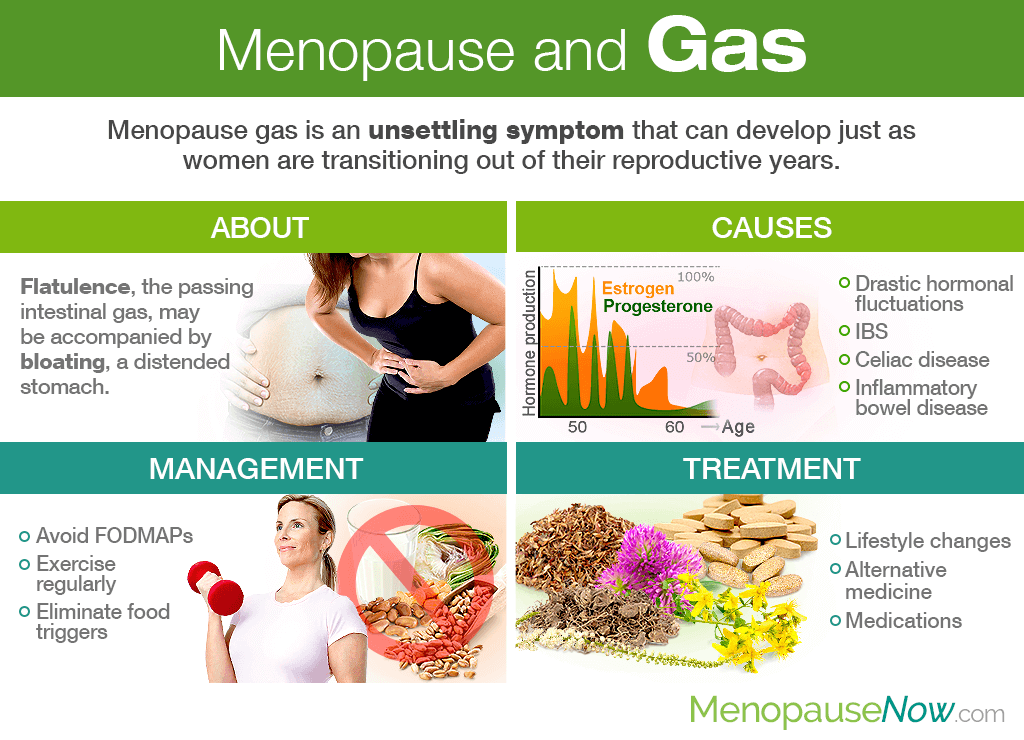
When bacteria break the sugar down, they produce gases, which enter the bloodstream and travel to the lungs. A breath test measures these gases as a person exhales.
Glucose vs. lactulose breath testing
Some doctors perform glucose breath testing instead of lactulose breath testing. Some scientists have criticized this method, as the body can absorb glucose quickly, which means that it might not reach the area of overgrowth.
However, others argue that this rapid absorption can be an advantage, as it makes it less likely that the sugar will reach the colon, where it would generate a false positive result by feeding a large number of bacteria there.
Small bowel aspirate and culture
This is the gold standard for SIBO testing, but it is a more invasive test. Small bowel aspirate tests involve a doctor performing an endoscopy, which means inserting a small, thin camera through the mouth and down into the stomach.
When the device reaches the duodenum, which is where the stomach joins up with the small intestine, doctors use the endoscope to take a tissue sample. They then send the sample to a laboratory, which analyzes the bacteria present.
They then send the sample to a laboratory, which analyzes the bacteria present.
It is worth noting that with small bowel aspirate testing, as well as breath testing, there is no universally accepted threshold for what constitutes a positive SIBO result. This makes diagnosis more difficult for those who have less conclusive test results.
Other tests
The existing tests for SIBO are not always precise, so a doctor may recommend other tests to get a better picture of someone’s digestive health. These could include:
- blood tests to detect markers of autoimmunity or inflammation
- a mobility test to determine whether someone has any structural problems in the small intestine
- an intestinal permeability test, which assesses whether the intestinal lining is “leaky“
- stool tests to analyze the gut microbiome
As SIBO can occur for complex reasons, it can be difficult to treat. Various treatment options are available, including antibiotics, fecal microbiota transplants, and dietary changes.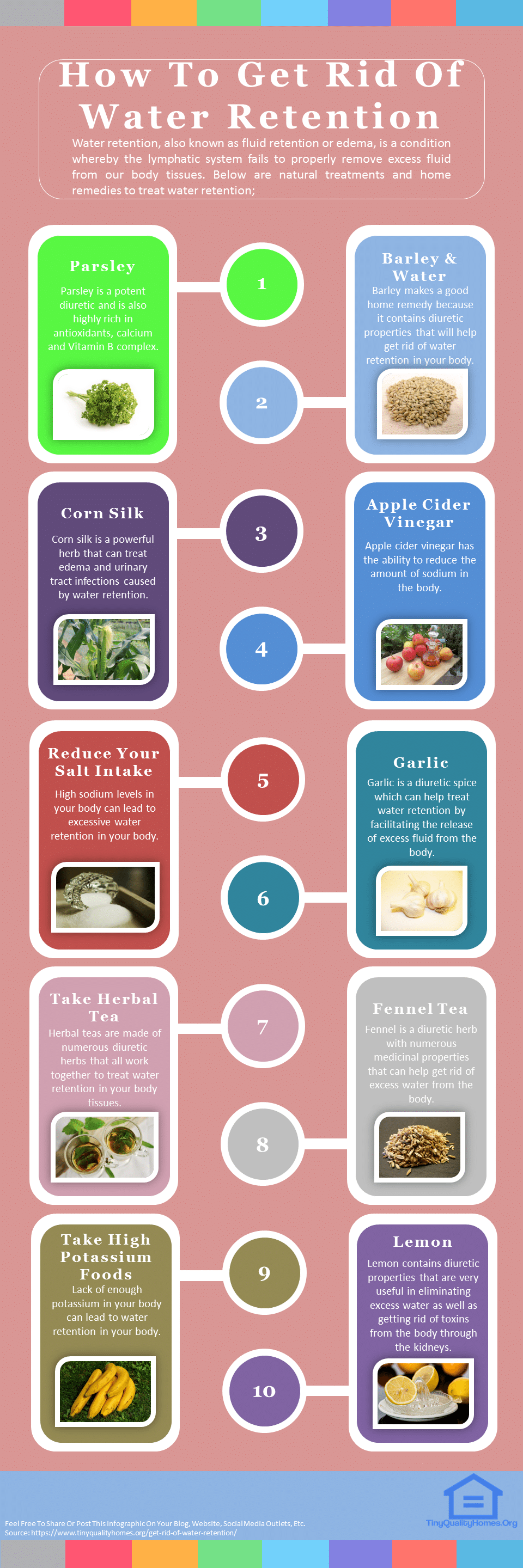
Antibiotics
This is the main treatment for SIBO. Doctors may use one type of antibiotic or a combination to remove the overgrowth.
A popular option is rifaximin (Xifaxan). Previous studies suggest that this antibiotic works best for people with hydrogen-dominant overgrowths. Neomycin, or a combination of rifaximin and neomycin, may be better for those with methane-dominant SIBO. However, research into the best ways of treating SIBO is still ongoing.
Recurrence rates after SIBO treatment are relatively high. For this reason, alongside taking antibiotics, it is essential to address the underlying cause of the SIBO to reduce the risk of the overgrowth coming back.
Depending on the root cause, this may mean taking medications to speed up motility, stopping PPI treatment, or treating other conditions that might be contributing.
Probiotics and fecal microbiota transplants
The role of probiotics in SIBO treatment is controversial. While some studies have shown that specific species can improve motility and reduce hydrogen in the breath, others have shown that probiotics may cause SIBO.
If a person has low motility and takes probiotics, it is possible that they may make an overgrowth more likely or worsen an existing one. The results can vary from person to person.
A fecal microbiota transplant (FMT) is a fairly new treatment that involves a doctor transplanting a donor’s gut flora into a patient via the rectum. Again, research has produced mixed results on using this procedure as a treatment for SIBO. Some case studies have noted that FMT seems to cause SIBO. Currently, the Food and Drug Administration (FDA) has not approved this treatment.
Diets cannot cure SIBO, but they can lessen the symptoms. What works can vary from person to person, but a popular option is the low FODMAP diet.
The low FODMAP diet limits the intake of fermentable oligosaccharides, disaccharides, monosaccharides, and polyols. These are substances that the human body does not break down, which means that bacteria can feed on them. Limiting high FODMAP foods may reduce gas, bloating, constipation, and diarrhea.
Both the type and amount of foods a person eats are important in the low FODMAP diet. As it is fairly complex and can involve major dietary changes, it is best to work with a dietitian to implement it. A professional can ensure that a person gets all the nutrients they need.
Learn more about the low FODMAP diet.
In cases where SIBO is severe or not well-controlled, a person may have significant diarrhea or constipation. These symptoms can lead to complications, such as:
- nutritional deficiencies
- unintentional weight loss
- dehydration
These complications can affect many aspects of health, including a person’s energy levels, hormones, and mental health. Additionally, living with SIBO can be challenging, which may cause stress, anxiety, and low mood.
Learn more about chronic illness and depression.
It is not always possible to prevent SIBO, but people can take steps to look after their gut health. These include:
- Eating a nutritious and varied diet: Eating a wide variety of foods can help increase gut flora diversity, which may reduce the chances of dysbiosis.
 Fruits, vegetables, and whole grains are especially beneficial.
Fruits, vegetables, and whole grains are especially beneficial. - Stopping smoking: Cigarettes and other products that contain nicotine can change the composition of a person’s gut flora. This may play a role in dysbiosis.
- Taking prokinetics: Prokinetics are a type of drug that speeds up digestive motility. They may reduce the risk of SIBO in people with an increased risk of developing it, such as those who have underlying conditions or take PPIs. A 2018 study found that people who took prokinetics and PPIs together were less likely to receive a SIBO diagnosis that those who took PPIs alone.
- Treating hypochlorhydria: If a person has low stomach acid, addressing this issue may reduce the risk of SIBO, although there is a need for more studies to confirm this link. How a doctor treats hypochlorhydria will depend on the cause.
- Managing other conditions: If a person has conditions that are associated with SIBO, such as hypothyroidism or diabetes, then effectively managing these conditions may reduce the impact they have on the digestive system.

Here are some answers to questions people often ask about SIBO.
What is SIBO poop like?
Stools may be watery, fatty, and foul-smelling. Fatty stools tend to float on water.
How do you fix SIBO?
Treatment is usually with antibiotics. Around 45% of people find SIBO returns after a full course of treatment. If this happens within 3 months, the doctor will prescribe a second course of antibiotics. If it returns at a later date, they may give antibiotics or they may look for other possible causes.
What are the symptoms of SIBO?
Symptoms typically include abdominal discomfort, bloating and flatulence, watery diarrhea, and fatty stools. Over time, weight loss and vitamin deficiencies can result.
What happens if you do not treat SIBO?
Complications of SIBO include weight loss and nutritional deficiencies. Eventually, it can lead to intestinal failure, where the gut no longer functions effectively.
Where is SIBO pain located?
SIBO causes pain in the abdomen.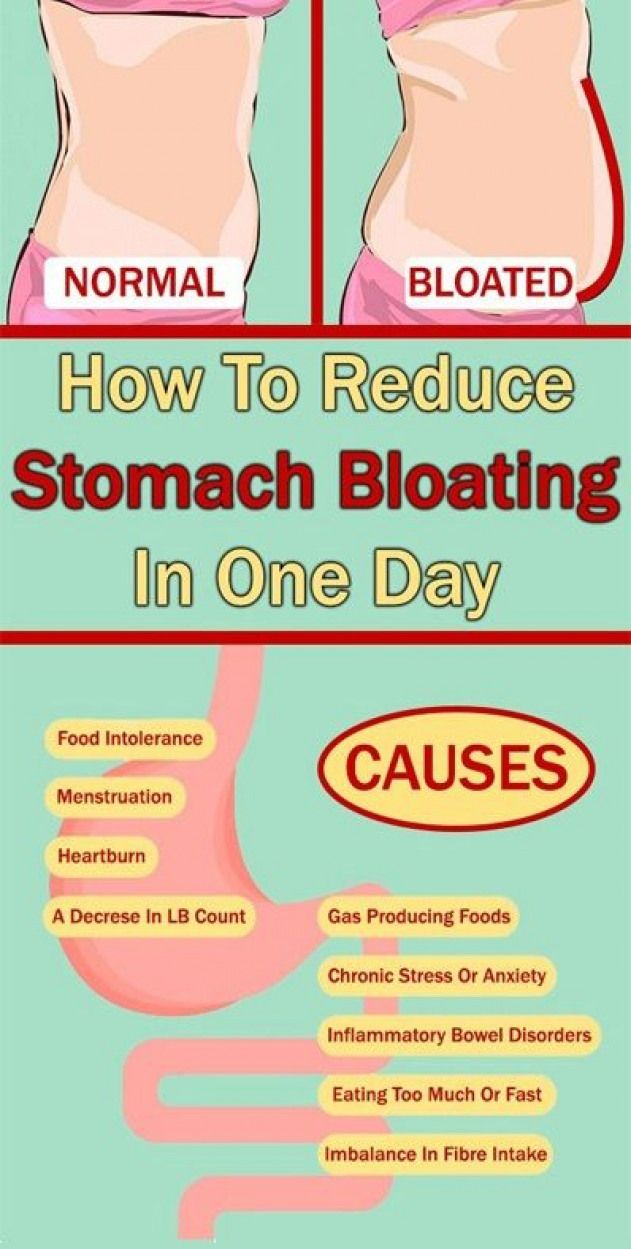
SIBO occurs when bacteria from the large intestine migrate into the small intestine. It can cause symptoms such as bloating, diarrhea, and constipation. Doctors can diagnose SIBO by carrying out a lactulose breath test or a small bowel aspirate and culture test.
The treatment for SIBO usually involves taking one or more antibiotics to remove the overgrowth of bacteria. The effectiveness of other treatments, such as probiotics, is less clear. Newer options, such as FMT, are not fully understood and may carry risks.
People should speak with a gastroenterologist who knows about SIBO and related digestive disorders if they are experiencing persistent symptoms.
Symptoms, causes, treatment, and diet
Small intestinal bacterial overgrowth (SIBO) occurs when large numbers of bacteria colonize the small intestine. It can cause bloating, diarrhea, or constipation. Treatment options include antibiotics, fecal transplant, and dietary changes.
Bacteria are essential to the digestive system, in the form of the gut microbiome.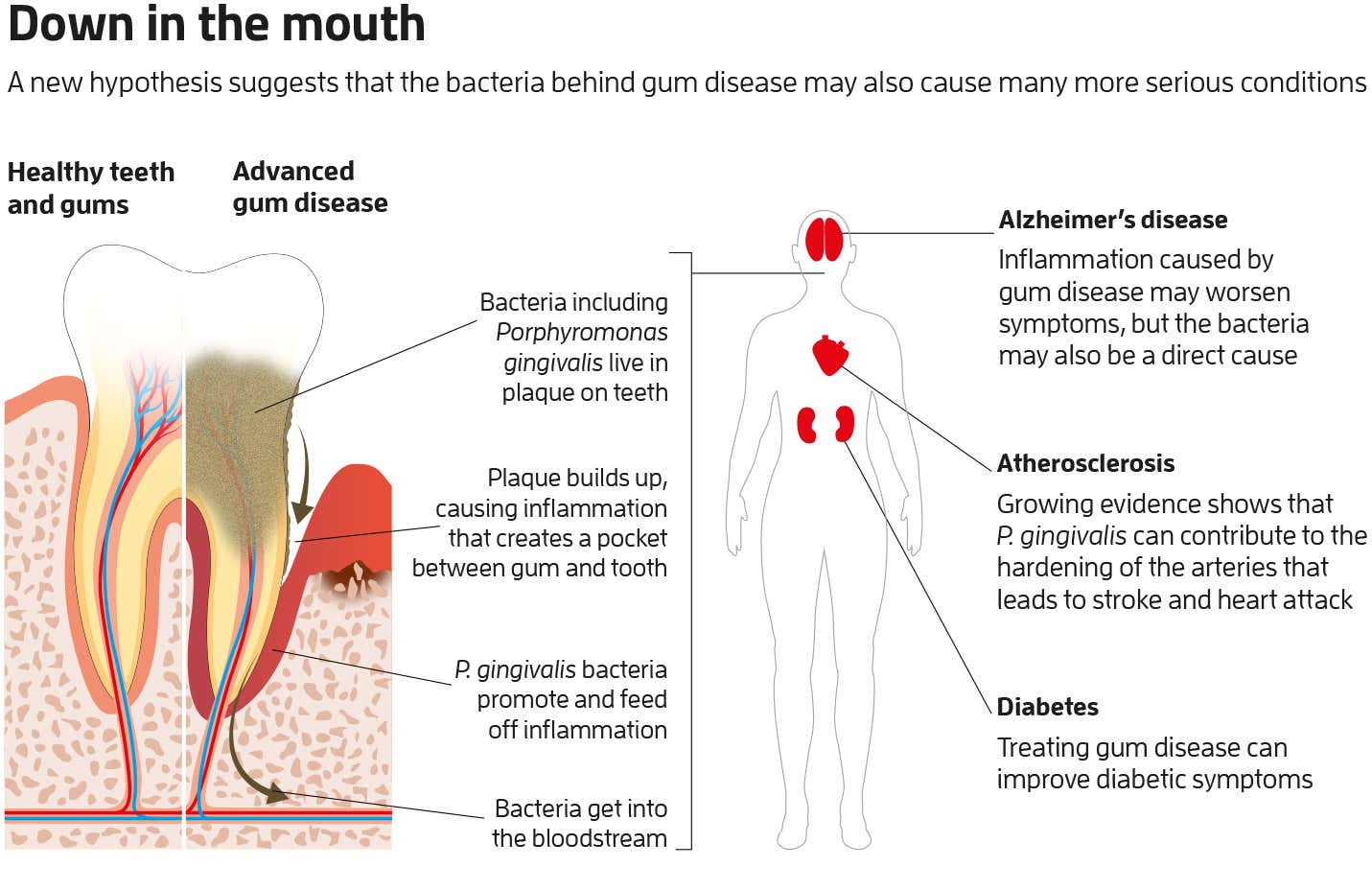 This is mostly present in the large intestine, but the small intestine does not contain many bacteria.
This is mostly present in the large intestine, but the small intestine does not contain many bacteria.
Gastric secretions and the forward movement of food through the digestive system prevent too many bacteria from growing in the small intestine. However, if these functions do not work effectively, bacteria can multiply.
The small intestine is not able to handle high numbers of bacteria. When a person eats, these bacteria begin to ferment the food. In some people, this causes symptoms.
SIBO appears to be related to irritable bowel syndrome (IBS). People with IBS are more likely to have SIBO than the rest of the population. However, not everyone with an IBS diagnosis tests positive for SIBO.
In this article, we discuss the symptoms, risk factors, and complications of SIBO. We also look at the best diets to relieve the symptoms.
The symptoms of SIBO can vary from person to person, depending on how mild or severe the overgrowth of bacteria is and whether someone has any coexisting conditions.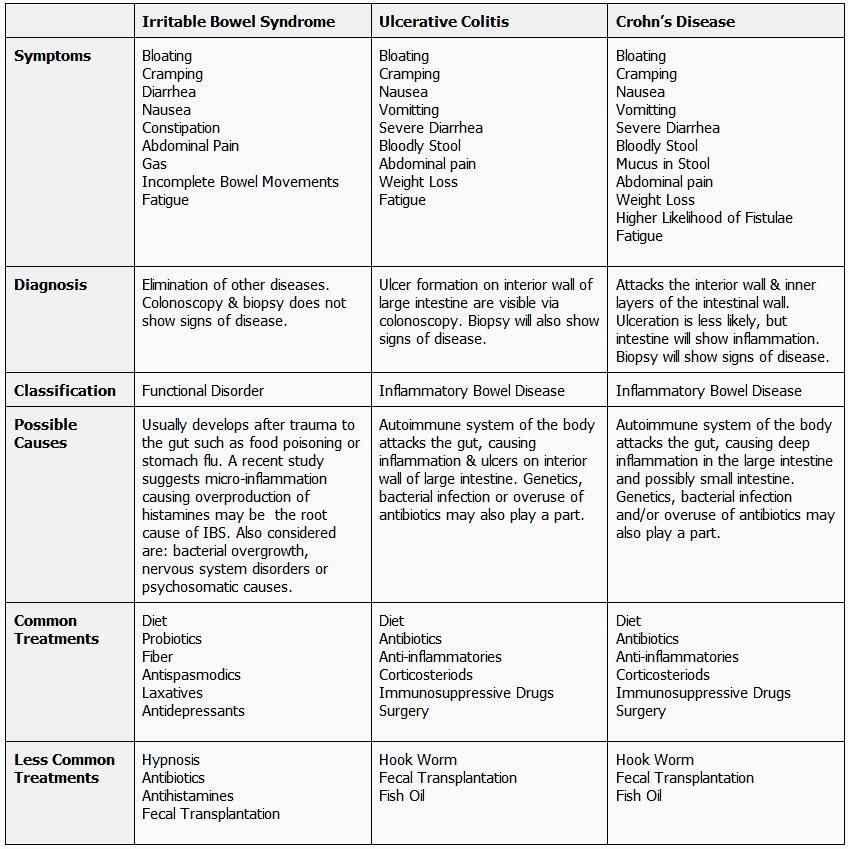
However, the symptoms may include:
- bloating
- diarrhea
- constipation
- unexplained vitamin deficiencies, especially a vitamin B12 deficiency
The type of microbe that is overgrowing may also determine the symptoms. Research suggests that hydrogen-producing bacteria are more associated with diarrhea, while methane-producing species are more associated with constipation.
Doctors are not always sure what causes SIBO. So far, researchers have identified the following factors that may contribute to SIBO:
- Low motility: Usually, the intestines push food and bacteria through the digestive tract, which prevents too much bacteria from accumulating in the small intestine. However, if someone has low motility, this mechanism slows down, allowing food to ferment in the small intestine.
- Dysbiosis: Dysbiosis is when a person’s microbiome becomes imbalanced, containing too many harmful species of microbes or not enough beneficial species.
 Research into how different species of microorganisms influence digestion is still ongoing, but previous studies suggest that people with IBS often have less diversity, fewer beneficial species, and higher amounts of methane-producing species in their microbiome, which can slow motility.
Research into how different species of microorganisms influence digestion is still ongoing, but previous studies suggest that people with IBS often have less diversity, fewer beneficial species, and higher amounts of methane-producing species in their microbiome, which can slow motility. - Hypochlorhydria: This term describes low levels of stomach acid. When someone does not have sufficient stomach acid, it may be possible for bacteria to migrate further up the digestive tract than usual, as the environment is not acidic enough to kill them. Researchers believe that people who take proton pump inhibitors (PPIs), have autoimmune gastritis, or have undergone a gastrectomy have an increased risk of hypochlorhydria and SIBO. However, there is a lack of conclusive evidence on this, and low motility may be a more important risk factor.
- Structural differences: Sometimes, SIBO occurs because a person has structural differences in the digestive tract.
 Examples include small bowel diverticulosis, fistulas, and a shortened colon. According to a 2018 study, people who have undergone a colectomy are more at risk of developing SIBO.
Examples include small bowel diverticulosis, fistulas, and a shortened colon. According to a 2018 study, people who have undergone a colectomy are more at risk of developing SIBO. - Alcohol abuse: Excessive alcohol consumption can damage the microbiome, leading to dysbiosis, damage to the intestinal walls, and inflammation.
People with certain underlying conditions are more likely than other people to get SIBO. These people include those with:
- hypothyroidism
- diabetes
- Parkinson’s disease
- short bowel syndrome
- amyloidosis
- systemic sclerosis
- chronic kidney failure
SIBO is also more common in older adults, possibly due to slower digestive motility. There is a higher prevalence among females, too, but the reasons for this are unclear.
A small 2017 study found that people with obesity were 11 times more likely to have SIBO than those without obesity. It is unclear why this was the case, as the risk was higher in participants who had healthy digestive motility and pH levels. More research is necessary to understand the link.
More research is necessary to understand the link.
A doctor will diagnose SIBO by asking about a person’s symptoms and medical history. They may feel the abdomen for signs of excess gas or bloating. If they suspect SIBO, they will recommend testing.
Breath testing
A lactulose breath test measures the concentration of hydrogen and methane in a person’s breath. The results of this test can confirm a SIBO diagnosis and reveal the extent of the overgrowth. They also show whether the overgrowth consists mainly of hydrogen- or methane-producing microbes.
A person has to fast for 24 hours before the test. They then drink a sugary solution containing lactulose, which is a sugar that only gut bacteria can break down.
When bacteria break the sugar down, they produce gases, which enter the bloodstream and travel to the lungs. A breath test measures these gases as a person exhales.
Glucose vs. lactulose breath testing
Some doctors perform glucose breath testing instead of lactulose breath testing. Some scientists have criticized this method, as the body can absorb glucose quickly, which means that it might not reach the area of overgrowth.
Some scientists have criticized this method, as the body can absorb glucose quickly, which means that it might not reach the area of overgrowth.
However, others argue that this rapid absorption can be an advantage, as it makes it less likely that the sugar will reach the colon, where it would generate a false positive result by feeding a large number of bacteria there.
Small bowel aspirate and culture
This is the gold standard for SIBO testing, but it is a more invasive test. Small bowel aspirate tests involve a doctor performing an endoscopy, which means inserting a small, thin camera through the mouth and down into the stomach.
When the device reaches the duodenum, which is where the stomach joins up with the small intestine, doctors use the endoscope to take a tissue sample. They then send the sample to a laboratory, which analyzes the bacteria present.
It is worth noting that with small bowel aspirate testing, as well as breath testing, there is no universally accepted threshold for what constitutes a positive SIBO result.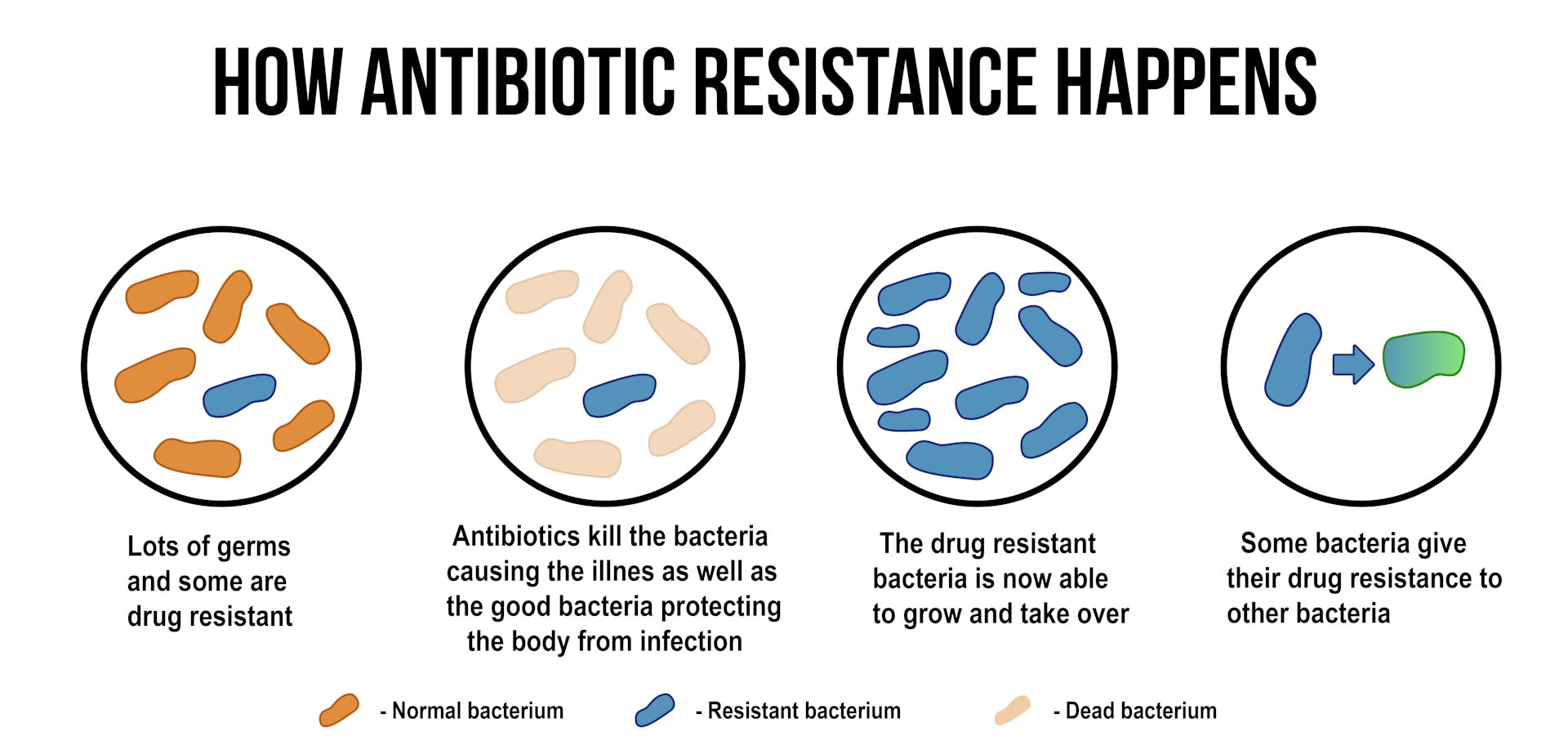 This makes diagnosis more difficult for those who have less conclusive test results.
This makes diagnosis more difficult for those who have less conclusive test results.
Other tests
The existing tests for SIBO are not always precise, so a doctor may recommend other tests to get a better picture of someone’s digestive health. These could include:
- blood tests to detect markers of autoimmunity or inflammation
- a mobility test to determine whether someone has any structural problems in the small intestine
- an intestinal permeability test, which assesses whether the intestinal lining is “leaky“
- stool tests to analyze the gut microbiome
As SIBO can occur for complex reasons, it can be difficult to treat. Various treatment options are available, including antibiotics, fecal microbiota transplants, and dietary changes.
Antibiotics
This is the main treatment for SIBO. Doctors may use one type of antibiotic or a combination to remove the overgrowth.
A popular option is rifaximin (Xifaxan). Previous studies suggest that this antibiotic works best for people with hydrogen-dominant overgrowths. Neomycin, or a combination of rifaximin and neomycin, may be better for those with methane-dominant SIBO. However, research into the best ways of treating SIBO is still ongoing.
Neomycin, or a combination of rifaximin and neomycin, may be better for those with methane-dominant SIBO. However, research into the best ways of treating SIBO is still ongoing.
Recurrence rates after SIBO treatment are relatively high. For this reason, alongside taking antibiotics, it is essential to address the underlying cause of the SIBO to reduce the risk of the overgrowth coming back.
Depending on the root cause, this may mean taking medications to speed up motility, stopping PPI treatment, or treating other conditions that might be contributing.
Probiotics and fecal microbiota transplants
The role of probiotics in SIBO treatment is controversial. While some studies have shown that specific species can improve motility and reduce hydrogen in the breath, others have shown that probiotics may cause SIBO.
If a person has low motility and takes probiotics, it is possible that they may make an overgrowth more likely or worsen an existing one. The results can vary from person to person.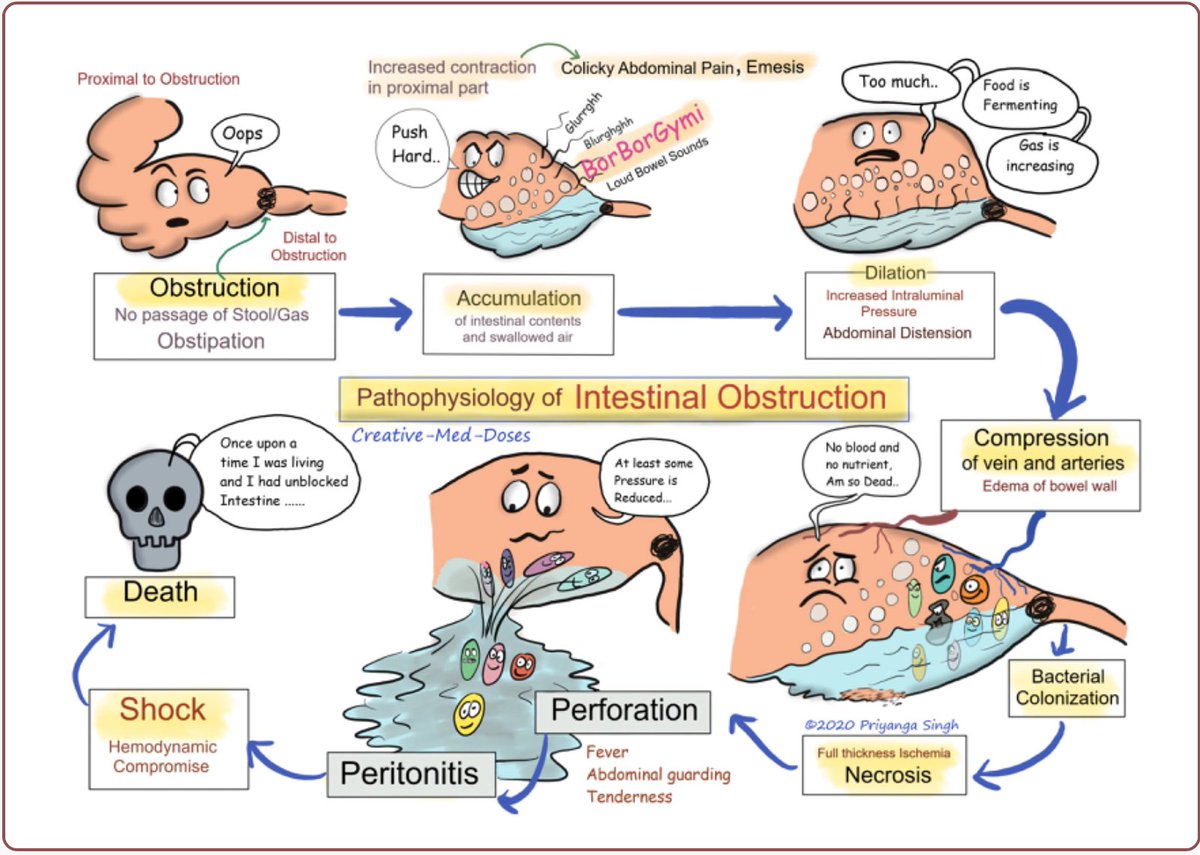
A fecal microbiota transplant (FMT) is a fairly new treatment that involves a doctor transplanting a donor’s gut flora into a patient via the rectum. Again, research has produced mixed results on using this procedure as a treatment for SIBO. Some case studies have noted that FMT seems to cause SIBO. Currently, the Food and Drug Administration (FDA) has not approved this treatment.
Diets cannot cure SIBO, but they can lessen the symptoms. What works can vary from person to person, but a popular option is the low FODMAP diet.
The low FODMAP diet limits the intake of fermentable oligosaccharides, disaccharides, monosaccharides, and polyols. These are substances that the human body does not break down, which means that bacteria can feed on them. Limiting high FODMAP foods may reduce gas, bloating, constipation, and diarrhea.
Both the type and amount of foods a person eats are important in the low FODMAP diet. As it is fairly complex and can involve major dietary changes, it is best to work with a dietitian to implement it. A professional can ensure that a person gets all the nutrients they need.
A professional can ensure that a person gets all the nutrients they need.
Learn more about the low FODMAP diet.
In cases where SIBO is severe or not well-controlled, a person may have significant diarrhea or constipation. These symptoms can lead to complications, such as:
- nutritional deficiencies
- unintentional weight loss
- dehydration
These complications can affect many aspects of health, including a person’s energy levels, hormones, and mental health. Additionally, living with SIBO can be challenging, which may cause stress, anxiety, and low mood.
Learn more about chronic illness and depression.
It is not always possible to prevent SIBO, but people can take steps to look after their gut health. These include:
- Eating a nutritious and varied diet: Eating a wide variety of foods can help increase gut flora diversity, which may reduce the chances of dysbiosis. Fruits, vegetables, and whole grains are especially beneficial.

- Stopping smoking: Cigarettes and other products that contain nicotine can change the composition of a person’s gut flora. This may play a role in dysbiosis.
- Taking prokinetics: Prokinetics are a type of drug that speeds up digestive motility. They may reduce the risk of SIBO in people with an increased risk of developing it, such as those who have underlying conditions or take PPIs. A 2018 study found that people who took prokinetics and PPIs together were less likely to receive a SIBO diagnosis that those who took PPIs alone.
- Treating hypochlorhydria: If a person has low stomach acid, addressing this issue may reduce the risk of SIBO, although there is a need for more studies to confirm this link. How a doctor treats hypochlorhydria will depend on the cause.
- Managing other conditions: If a person has conditions that are associated with SIBO, such as hypothyroidism or diabetes, then effectively managing these conditions may reduce the impact they have on the digestive system.

Here are some answers to questions people often ask about SIBO.
What is SIBO poop like?
Stools may be watery, fatty, and foul-smelling. Fatty stools tend to float on water.
How do you fix SIBO?
Treatment is usually with antibiotics. Around 45% of people find SIBO returns after a full course of treatment. If this happens within 3 months, the doctor will prescribe a second course of antibiotics. If it returns at a later date, they may give antibiotics or they may look for other possible causes.
What are the symptoms of SIBO?
Symptoms typically include abdominal discomfort, bloating and flatulence, watery diarrhea, and fatty stools. Over time, weight loss and vitamin deficiencies can result.
What happens if you do not treat SIBO?
Complications of SIBO include weight loss and nutritional deficiencies. Eventually, it can lead to intestinal failure, where the gut no longer functions effectively.
Where is SIBO pain located?
SIBO causes pain in the abdomen.
SIBO occurs when bacteria from the large intestine migrate into the small intestine. It can cause symptoms such as bloating, diarrhea, and constipation. Doctors can diagnose SIBO by carrying out a lactulose breath test or a small bowel aspirate and culture test.
The treatment for SIBO usually involves taking one or more antibiotics to remove the overgrowth of bacteria. The effectiveness of other treatments, such as probiotics, is less clear. Newer options, such as FMT, are not fully understood and may carry risks.
People should speak with a gastroenterologist who knows about SIBO and related digestive disorders if they are experiencing persistent symptoms.
Dysbacteriosis is a civil war of internal intestinal microflora / Health / Nezavisimaya Gazeta
| A characteristic symptom of dysbacteriosis – bloating. Photo by Depositphotos/PhotoXPress.ru |
The term “dysbacteriosis” is on hearing today. There is a misconception that this is an independent disease. However, in the new international classification of diseases, intestinal dysbacteriosis does not appear. It is not used as a medical diagnosis in our country either. That is, intestinal dysbacteriosis is not an independent disease. It refers to a syndrome (a set of symptoms) caused, for example, by poor nutrition or various ailments associated with a disorder in the normal functioning of the intestine. In this case, a quantitative and qualitative violation of the microflora living in it often occurs. By the way, the mass of all microorganisms living in the intestines of one person (and there are about 500 species of them) can be more than 2 kg.
There is a misconception that this is an independent disease. However, in the new international classification of diseases, intestinal dysbacteriosis does not appear. It is not used as a medical diagnosis in our country either. That is, intestinal dysbacteriosis is not an independent disease. It refers to a syndrome (a set of symptoms) caused, for example, by poor nutrition or various ailments associated with a disorder in the normal functioning of the intestine. In this case, a quantitative and qualitative violation of the microflora living in it often occurs. By the way, the mass of all microorganisms living in the intestines of one person (and there are about 500 species of them) can be more than 2 kg.
Among the microorganisms included in the normal microflora, there are both beneficial and harmful bacteria. The first include, for example, bifidobacteria and lactobacilli, the second – staphylococci and streptococci. Beneficial microorganisms are always part of the normal microflora, they are also called mandatory. They participate in the digestion process, promote the absorption of vitamins, regulate water-salt metabolism, stimulate the immune system, have anti-allergic effects, and help to remove various toxins from the body. In a word, their value is difficult to overestimate.
They participate in the digestion process, promote the absorption of vitamins, regulate water-salt metabolism, stimulate the immune system, have anti-allergic effects, and help to remove various toxins from the body. In a word, their value is difficult to overestimate.
As for harmful (pathogenic) bacteria, they are considered optional and non-permanent representatives of the normal microflora. Harmful bacteria enter the intestines, for example, with insufficiently thermally processed food. It is noteworthy that for the time being these microorganisms peacefully coexist with beneficial bacteria without causing problems in a healthy person.
However, this equilibrium is unstable. As soon as it is disturbed under the influence of any negative factor, pathogenic microorganisms begin to actively multiply, causing a breakdown in the normal intestinal microflora and contributing to the occurrence of dysbacteriosis.
A common reason for its appearance is poor nutrition, for example, the predominance of proteins and fats of animal origin in the diet and the lack of fresh vegetables, fruits, and dairy products. Another reason is the prolonged and uncontrolled use of antibacterial and some other drugs and, as a result, weakening of the immune system. And this, in turn, leads to the development of dysbacteriosis. Reproduction of pathogenic flora also occurs in various gastrointestinal diseases, infections and a number of other ailments.
Another reason is the prolonged and uncontrolled use of antibacterial and some other drugs and, as a result, weakening of the immune system. And this, in turn, leads to the development of dysbacteriosis. Reproduction of pathogenic flora also occurs in various gastrointestinal diseases, infections and a number of other ailments.
One of the signs of a violation of the microflora is a violation of the stool, due to the increased formation of bile acids and increased intestinal motility. In other cases (more often in older people), dysbacteriosis, on the contrary, is manifested by constipation. Another characteristic symptom is bloating, caused by increased formation of gases in the colon. In addition, with dysbacteriosis, appetite decreases, there are nausea, belching. The patient also has a metabolic disorder, sleep disturbance, fatigue, dry skin.
Now about the treatment. Drug therapy is aimed at eliminating the cause that caused the disease, and restoring the normal intestinal microflora. For this purpose, drugs are used that stimulate the reproduction of beneficial bacteria, as well as containing living microorganisms (lactobacilli and bifidobacteria). To destroy pathogenic microorganisms, antibacterial drugs are prescribed, and with a pronounced violation of the digestive process, enzymes. Phytotherapeutic recommendations are also actively used.
For this purpose, drugs are used that stimulate the reproduction of beneficial bacteria, as well as containing living microorganisms (lactobacilli and bifidobacteria). To destroy pathogenic microorganisms, antibacterial drugs are prescribed, and with a pronounced violation of the digestive process, enzymes. Phytotherapeutic recommendations are also actively used.
Diet plays an important role in restoring normal microflora. Spicy and fatty foods, smoked meats, foods that enhance fermentation processes in the intestines – sweets, sauerkraut, carbonated drinks should be excluded from the diet. You should also not eat legumes (beans, peas), fresh bread, alcohol. The menu may include dishes from lean meat (boiled or stewed), cereals (rice, buckwheat, oatmeal), herbs (parsley, dill) and lactic acid products (kefir, yogurt).
Foods that cause gas
Gas is a common process in the body: air is swallowed during digestion, digestion of food and fermentation of certain foods in the gastrointestinal tract (GIT) lead to the accumulation of gases. Most often, the accumulated gases themselves are excreted from the body. However, their excessive formation and disruption of the digestive tract can cause flatulence and bloating. Then the cause of excessive gas formation, which most often lies in the diet, should be excluded.
Most often, the accumulated gases themselves are excreted from the body. However, their excessive formation and disruption of the digestive tract can cause flatulence and bloating. Then the cause of excessive gas formation, which most often lies in the diet, should be excluded.
Where gas comes from in the body
When chewing and swallowing food, a small amount of air is naturally swallowed, which then enters the digestive tract with food. This air stimulates the stomach, and its excess is usually excreted in the form of belching. The air involved in digestion is absorbed by the body and used for the vital activity of the bacteria that inhabit the intestines. These microorganisms, in turn, take part in digestion, and also release gases that accumulate in the intestines. Excess of these gases are excreted naturally through the anus – passing gases. An additional source of gases is food. Some foods produce gas during digestion, usually through fermentation. The predominance of gas-producing foods in the diet of a healthy person can increase gas formation and flatulence – excessive or uncontrolled passing of gases.
The predominance of gas-producing foods in the diet of a healthy person can increase gas formation and flatulence – excessive or uncontrolled passing of gases.
Which foods cause gas
The most common causes of increased gas formation are foods rich in indigestible fiber or protein, containing many sugars, as well as fermentation and fermentation products.
Legumes
Beans, peas, lentils, soybeans, beans, etc. Legumes contain a lot of fiber as well as sugars. Their digestion is slow and in the process leads to increased gas production.
Cruciferous
Cabbage, broccoli, cauliflower, asparagus and others. These are one of the main foods that cause gas and bloating.
Cruciferous foods are rich in dietary fiber, which is difficult to digest and can begin to ferment inside the intestines. In addition, the raffinose contained in them is a sugar that feeds the bacteria of the gastrointestinal tract and provokes their gas release.
Pickled and fermented products
Pickled and pickled vegetables: sauerkraut, pickled cucumbers, pickled tomatoes and others. Not only are they themselves products of fermentation, which continues during digestion, these foods contain a large amount of salt. Violation of the water-salt balance in the body provokes gas retention in the body.
Dairy products
Milk, kefir, cheeses, etc. Fresh dairy products contain lactose, a sugar favored by intestinal fermenting bacteria that produce a lot of gas. Dairy products are the result of fermentation and fermentation.
Carbonated drinks
Lemonades, tonics, mineral water and others. They provoke an increased accumulation of gases with their own composition. When a person drinks such drinks, he also swallows the gases contained in them.
Beer and champagne
A separate category of foods that cause gas and bloating in adults.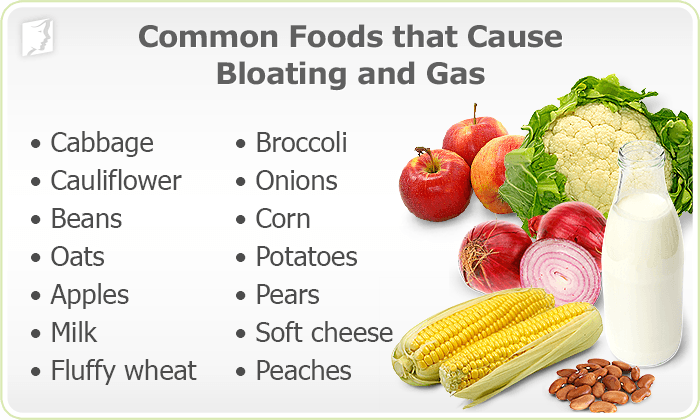 These drinks are obtained as a result of fermentation and therefore contain a lot of gases themselves. Also, sugars in their composition are involved in the metabolism of intestinal microflora.
These drinks are obtained as a result of fermentation and therefore contain a lot of gases themselves. Also, sugars in their composition are involved in the metabolism of intestinal microflora.
Starchy vegetables
Potatoes, wheat, corn and others. Starch is very difficult to digest by the body and requires a larger number of intestinal bacteria to be connected to digestion, which in turn produce a lot of gases when starch is broken down.
Onions and garlic
Onions and garlic are rarely eaten in their pure form, they act as ingredients in the preparation of various dishes. People with flatulence are better off avoiding them. The sucrose contained in the onion is the cause of increased gas formation. Garlic may be poorly tolerated by some people due to enzymatic disorders, in which case the frequent consumption of garlic will provoke the production of gases.
Fruits and dried fruits
Foods that cause bloating and flatulence due to their high sugar content. In addition, increased gas formation occurs during the digestion of dietary fiber fruits.
In addition, increased gas formation occurs during the digestion of dietary fiber fruits.
Pastry and flour
Any yeast and sweet pastries. Yeast provokes fermentation processes in the intestines, which increases the accumulation of gases.
How to get rid of gas
Increased gas formation is an unpleasant phenomenon that reduces the quality of life. In addition, in some cases, flatulence can be a symptom of certain diseases of the gastrointestinal tract: irritable bowel syndrome, enzymatic deficiency of various nature, dysbacteriosis and others. A balanced diet and the elimination of gas-producing foods from the diet can solve the problem of bloating and flatulence in a healthy person. Lactoflorene® FLAT STOMACH also helps to normalize gas formation.
On average, a daily course of Lactoflorene® FLAT STOMACH helps reduce gas in 10-30 days. The main components of Lactoflorene® FLAT STOMACH act versatile, the composition is aimed at the main causes of flatulence and bloating: – the enzymatic balance responsible for adequate digestion of food is enhanced by alpha-galactosidase, which is part of Lactoflorene® FLAT STOMACH.

 However, if someone has low motility, this mechanism slows down, allowing food to ferment in the small intestine.
However, if someone has low motility, this mechanism slows down, allowing food to ferment in the small intestine.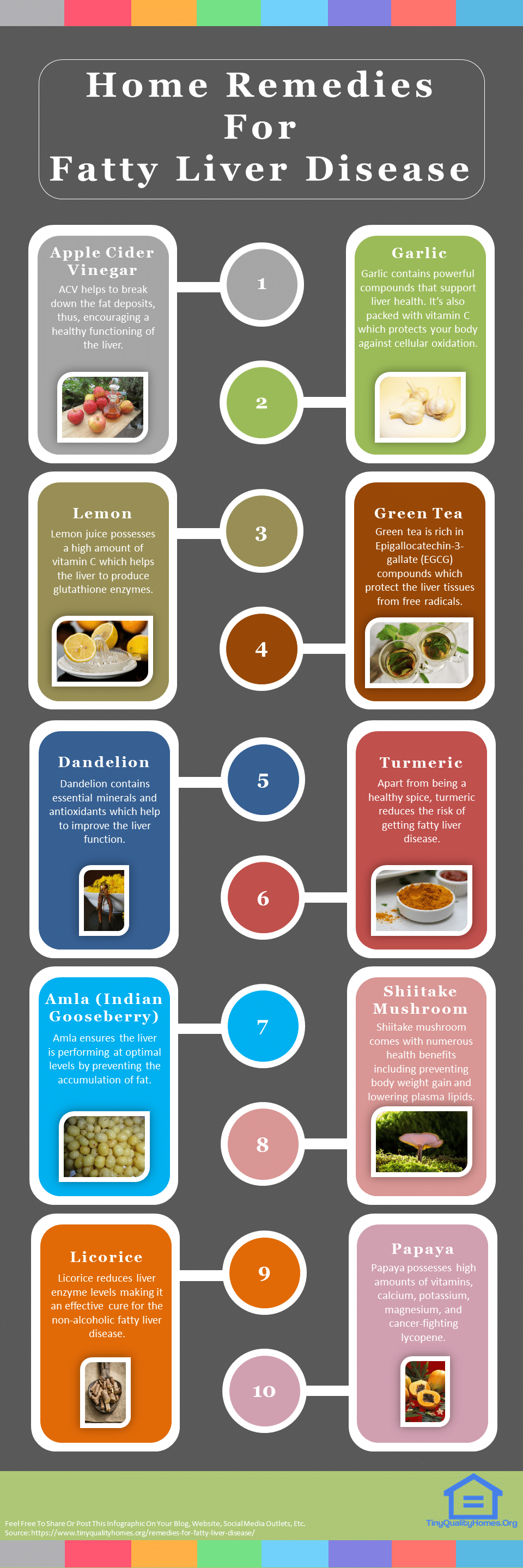 However, there is a lack of conclusive evidence on this, and low motility may be a more important risk factor.
However, there is a lack of conclusive evidence on this, and low motility may be a more important risk factor. Fruits, vegetables, and whole grains are especially beneficial.
Fruits, vegetables, and whole grains are especially beneficial.
 Research into how different species of microorganisms influence digestion is still ongoing, but previous studies suggest that people with IBS often have less diversity, fewer beneficial species, and higher amounts of methane-producing species in their microbiome, which can slow motility.
Research into how different species of microorganisms influence digestion is still ongoing, but previous studies suggest that people with IBS often have less diversity, fewer beneficial species, and higher amounts of methane-producing species in their microbiome, which can slow motility.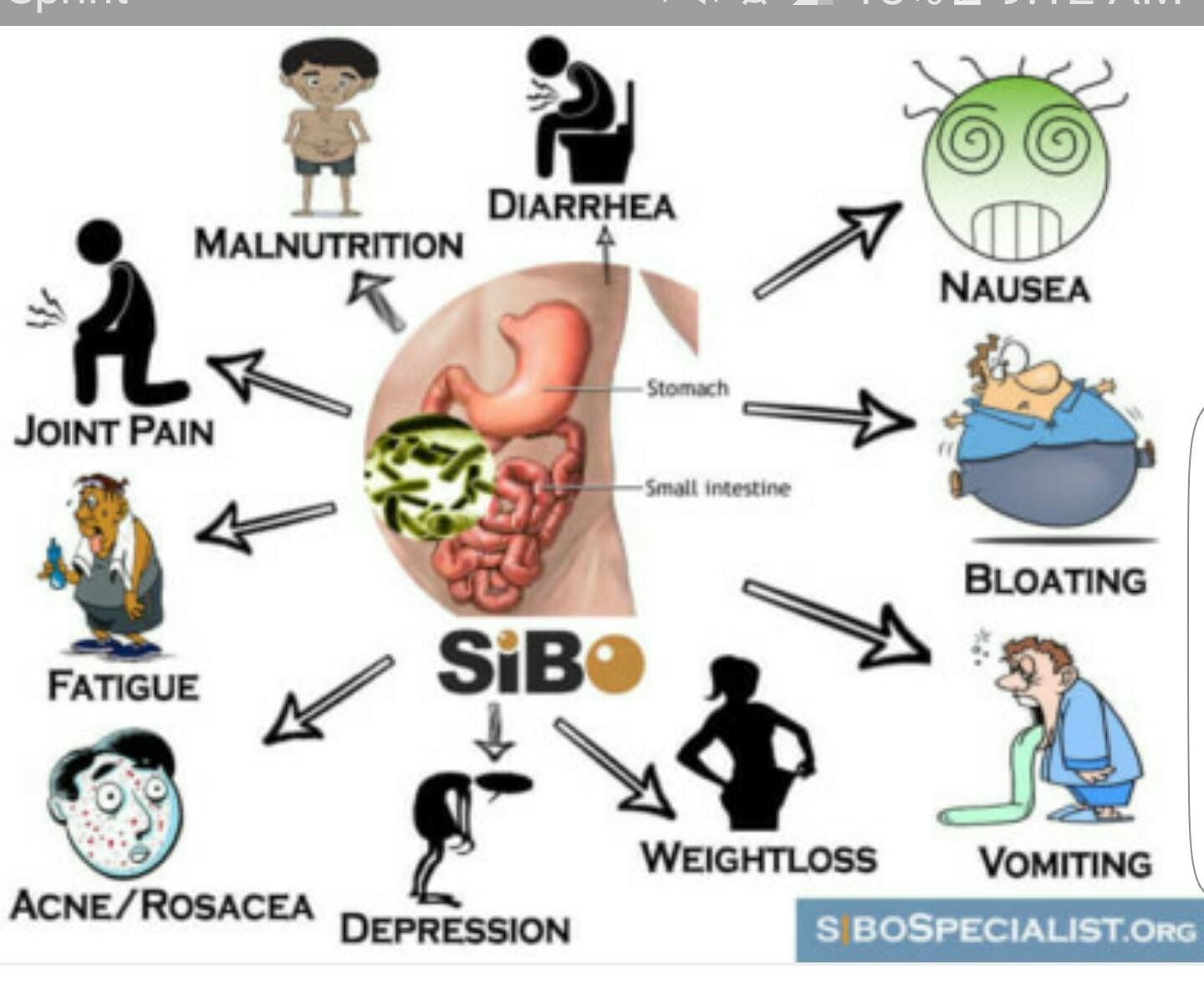 Examples include small bowel diverticulosis, fistulas, and a shortened colon. According to a 2018 study, people who have undergone a colectomy are more at risk of developing SIBO.
Examples include small bowel diverticulosis, fistulas, and a shortened colon. According to a 2018 study, people who have undergone a colectomy are more at risk of developing SIBO.
